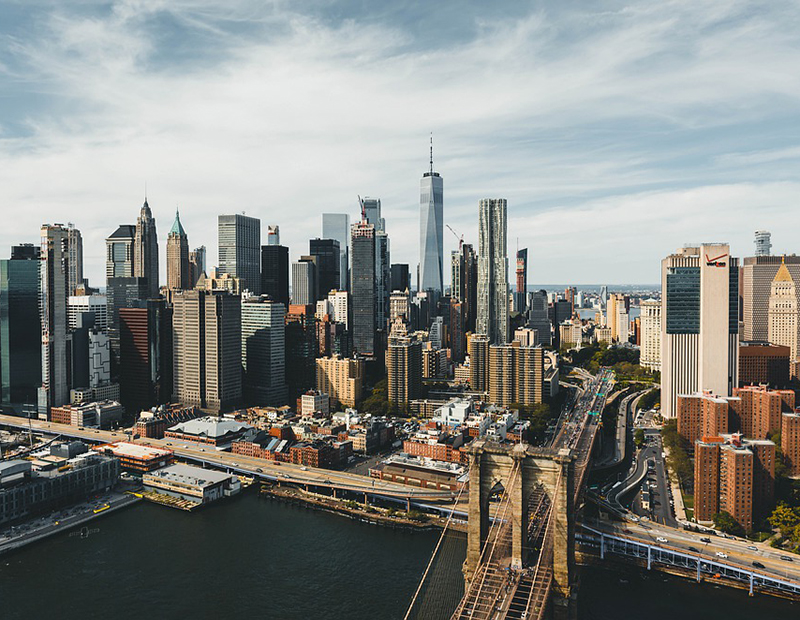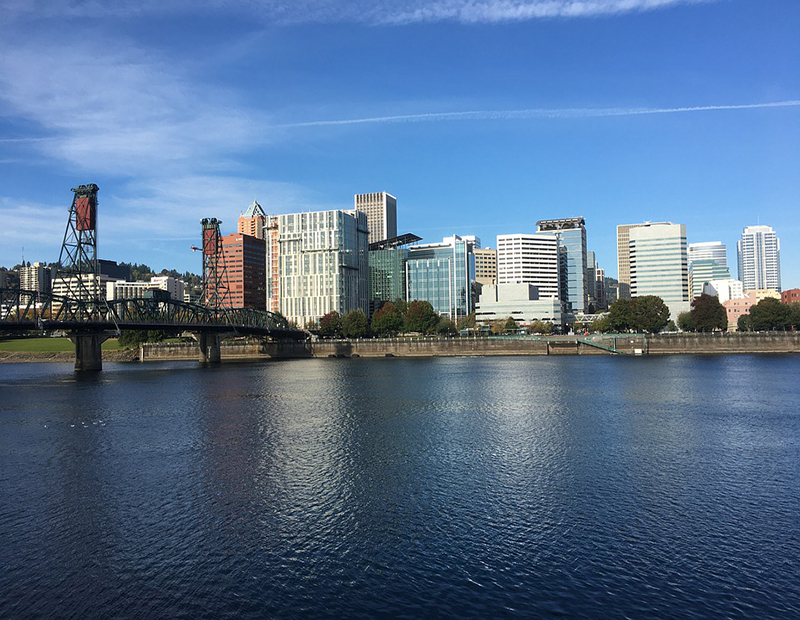Top 5 Markets for Self Storage Development Activity
More than 123 million square feet of storage space was underway across the U.S. as of December. CPE identified the top-performing metros based on supply as a percentage of existing stock.
 The self storage sector experienced a record-high number of deliveries in 2018. That trend of heightened development activity continued in 2019, putting pressure on rental rates in most U.S. markets. Around 64 million square feet of storage space was delivered in 2019, with more than 123 million square feet underway as of December, representing 8.7 percent of total inventory, according to Yardi Matrix data.
The self storage sector experienced a record-high number of deliveries in 2018. That trend of heightened development activity continued in 2019, putting pressure on rental rates in most U.S. markets. Around 64 million square feet of storage space was delivered in 2019, with more than 123 million square feet underway as of December, representing 8.7 percent of total inventory, according to Yardi Matrix data.
Concerns about overbuilding have increased across the country. As a result, the new-supply pipeline is beginning to slowly decline. Nonetheless, select metros continued to add new projects to their new-supply pipelines. Below, we ranked the metros based on underway and planned space as a percentage of total inventory.
5. BOSTON
As a historically underpenetrated market, Boston provides a great opportunity for new development. Demand for self storage is fueled by continuous population growth as prestigious universities and high-paying jobs in education and health services continue to attract people to the metro. Boston gained roughly 13,000 residents in 2018 and nearly 136,000 between 2010 and 2018, which represented a 7.2 percent growth.
There were 3 million square feet of storage space under construction and in the planning stages as of December, which accounted for 13.9 percent of existing stock. Despite substantial development activity, the metro’s inventory per person is still at 4.5 net square feet, which is below the national average of 6.5 net square feet.
To reduce the gap between supply and demand on the East Coast, The Hampshire Cos. and Harrison Street have formed a joint venture to develop self storage facilities along Interstate 95, from Washington, D.C., to Boston.
4. SEATTLE
Seattle’s strong economic expansion and robust employment gains have contributed to creating demand to keep pace with continuous storage deliveries. Major employers include tech companies such as Facebook, Apple, Dropbox and Google, which attract well-educated Millennials to the metro. In 2018, the city gained nearly 55,000 residents, up 1.4 percent yea-over-year, more than double the 0.6 percent national figure.
Last year, Seattle added 1.2 million square feet of storage space to its inventory; the market had 4.6 million underway and in the planning stages as of December. Projects under construction or in the planning stages accounted for 16.8 percent of existing stock, representing a 90-basis-point increase over the previous month.
3. SAN JOSE, CALIF.
California markets are notorious for providing limited opportunity for new development due to restricted zoning regulations and land availability. San Jose is not exempt from this restriction and has the smallest completed inventory nationwide, with roughly 9.5 million square feet of storage space available. Nonetheless, when it comes to the share of space underway as a percentage of existing inventory, the metro ranks third, with only four projects under construction and 11 in the planning stages, totaling 1.6 million square feet. The new-supply pipeline represented 16.9 percent of San Jose’s existing stock.
The metro’s supply, however, is still trailing demand, as the per-capita inventory is 4.7 net square feet, well below the national average. San Jose’s booming tech industry and growing population are likely to keep supply and demand out of sync. In 2018, the metro’s population increased by 0.3 percent. It is expected to continue growing in the near term.
2. NEW YORK CITY
New York occupies a unique position when it comes to new self storage supply. Because of the size of the metro and its ever-growing population, it is not hard to find underserved trade areas. Nationally, New York has the largest existing inventory, encompassing more than 65 million square feet of storage space, yet the supply per person is merely 3.2 net square feet. As of December, projects planned or under construction accounted for 16.9 percent of total stock. There were 94 facilities planned and 58 under construction.
Similar to California markets, New York is also facing restrictions and zoning regulations that are altering the nature of storage properties. In December 2017, the New York City Council adopted the Self Storage Text Amendment, which restricts self storage development in industrial business zones (IBZs). Moreover, due to the scarcity of land and rising land prices, developers need to maximize site utility. Therefore, most projects are multi-story developments instead of traditional drive-up products.
1. PORTLAND, ORE.
Portland’s self storage market is benefiting from the metro’s steady job and population growth. The metro gained 22,348 residents in 2018, a 0.9 percent rise year-over-year, 30 basis points above the national rate. Multifamily absorption was strong at 95.7 percent as of August, despite a 2.7 percent increase in supply. Education and health services, leisure and hospitality, and manufacturing fueled most of the growth, with a combined 15,200 jobs.
When it comes to self storage development, Portland has been on the top for several months. In 2019, the metro added 1.6 million square feet of storage space to its existing stock, and it had 2.6 million under construction and in the planning stages as of December. The new-supply pipeline accounted for 18.8 percent of total inventory. Despite signs of oversupply, the development pipeline was up by 160 basis points month-over-month.










You must be logged in to post a comment.